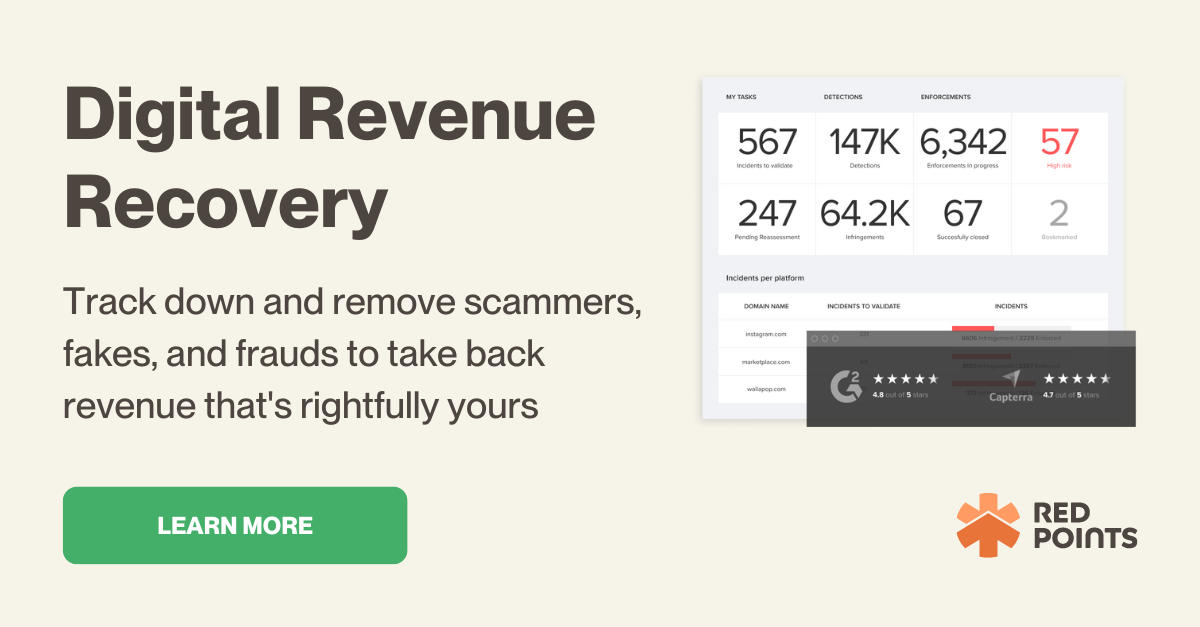What will Black Friday look like this year? In this article, we take a look at the recent market research conducted by Red Points to identify new ecommerce trends ahead of the world’s biggest shopping event of the year.
As the holiday season approaches, consumers are on the lookout for the best deals while brands are preparing to boost their sales. This is a critical time for many brands as 1 in 5 businesses say their future is dependent on this year’s holiday season. Black Friday sales are increasingly representing a big part of many companies’ revenue. According to Adobe, in 2021 Black Friday online sales increased to a total of $205 billion in total consumer spending. This speaks volumes of the importance of Black Friday as a major online and offline sales event for businesses.
Recently, Red Points conducted a survey among 1,000 U.S. shoppers to uncover new spending trends ahead of the upcoming holiday season.
Summary
- Online sales are set to reach an all-time high this Black Friday.
- Black Friday online shopping is expected to take place on multiple sales channels and devices.
- A positive consumer shopping experience is key this year.
- Brands should take control of illicit sellers to maximize sales.
Black Friday goes cyber
People flooding into stores and arguing over cheap TVs will be scenes of the past this year. Reports predict that up to 30% of global retail sales will be made through digital channels this upcoming holiday season. However, in the post-COVID-19 era, the challenge for brands will be to capture consumers’ attention online.
According to stats from our recent market research, the number of people who have decided to shop exclusively online has increased significantly compared to previous years. In 2019, 21.3% of people only shopped online during the holiday seasons, while now upwards of 52.2% of people are planning on buying online.
Further digging into consumers’ spending decisions, 65% of consumers are likely to spend more on Black Friday online shopping this year, with a predicted average of $289 per respondent.
Prepare your business for multiple sales channels and devices
If more consumers are shopping online, and more sellers are popping up online, how can brands capture some of this demand? Chances are you might want to diversify your online sales channels. In fact, data shows that many brands are exploring new online sale avenues to win the day after COVID-19. It’s evident that online retailers with multiple outlets run less risk of business collapse than those who depend solely on a single platform. It’s an effective and smart way to ensure business continuity.
In fact, our survey shows that this year shoppers will be exploring a range of channels to identify the best deals out there. When asked where they are planning on shopping for Black Friday 2022, consumers have chosen marketplaces (69.7%), the brand’s own website (54.9%), ecommerce sites (37.5%), social media (30.2%) and second-hand websites (20.2%). While last year the majority(89%) of consumers chose to shop mainly on marketplaces.
Apart from diversifying sales channels, leveraging different devices is a practical solution for brands too. Adobe states that $43 billion worth of 2021 Black Friday sales happened through mobile phones. It is expected that online shopping through smartphones will surge for this year’s holiday season sales too.
A positive consumer shopping experience is key
When it comes to end-of-year holiday shopping, people associate it with gifting family members and friends or treating themselves. Some product categories are always consumers’ favorites at this time of the year. This hasn’t changed much this year, consumers’ most-wanted products for 2022 are: Clothing & Accessories(57%), Electronics(56.30%), Toys & games(43.00%), Homeware(41.20%) and Entertainment(40.40%).
As for consumers’ shopping behaviors, the number one deciding factor to buy a product is the price(28%), followed by reviews(22%) and brand reputation(19%). Because Black Friday is a major sales event where people can find great bargains, it’s obvious that consumers will buy from shops that offer the best deals. This puts consumers at a higher risk of falling victim to online counterfeits, usually sold at a lower price range to lure shoppers.
Reviews and ratings also play an essential part in consumers’ decision-making since they can not try or test the product for themselves. This means they will mostly judge brands relying on what other people say. Hence the importance of ensuring these reviews are for your products, and not for lower quality fake goods.
Don’t let illicit sellers crush your sales
As more people are buying online, new sellers are jumping on the opportunity meaning brands are expecting higher competition than ever this year. What’s even more concerning is that bad actors are also jumping on the bandwagon.
Black Friday has unfortunately become one of the most targeted sales seasons by cyber criminals. The U.S. Cybersecurity and Infrastructure Security Agency (CISA) has published a “current activity” statement encouraging internet users to remain vigilant. Additionally, according to our research, one out of four shoppers bought a fake on Black Friday, and 13% of consumers aren’t sure if they have purchased a fake item in the past.
Whether or not the products consumers have purchased are real, the quality and shopping experience has a strong impact on consumers’ opinion of a brand. When asked how they would react if they found fakes of a popular brand, 52.3% of consumers say they will ask for a refund, while many others will write a negative review(48.7%) and complain to the original brand(42.6%). The harsh reality is that in times of ecommerce boost, having a bad brand reputation might turn many potential customers away.
When speaking of who should be held accountable for fake products online, 45% of consumers say that platforms should take down the fake listings, while 25% of them think removing counterfeits should be the brand’s responsibility. Though it’s technically neither the platforms nor the brands’ fault that bad actors exist, it will eventually affect negatively both parties alike.
Conclusion
At Red Points, we always stay on top of the latest industry trends in order to help brands identify business opportunities. For the third consecutive year, we have conducted market research on Black Friday, and the scale of counterfeits online. Unfortunately, counterfeits’ impact on brands’ revenue and reputation has shown no sign of slowing down – quite the opposite. Nonetheless, despite how challenging 2020 has been so far for many businesses, it is in brands’ hands to take action and protect their consumers and sales. Staying vigilant both before and after the holiday season and consumer education are key components to fight against counterfeits online. Red Points offers anti-counterfeit software to support your business at scale, and provide customized brand protection solutions to tackle the problems at the source.






